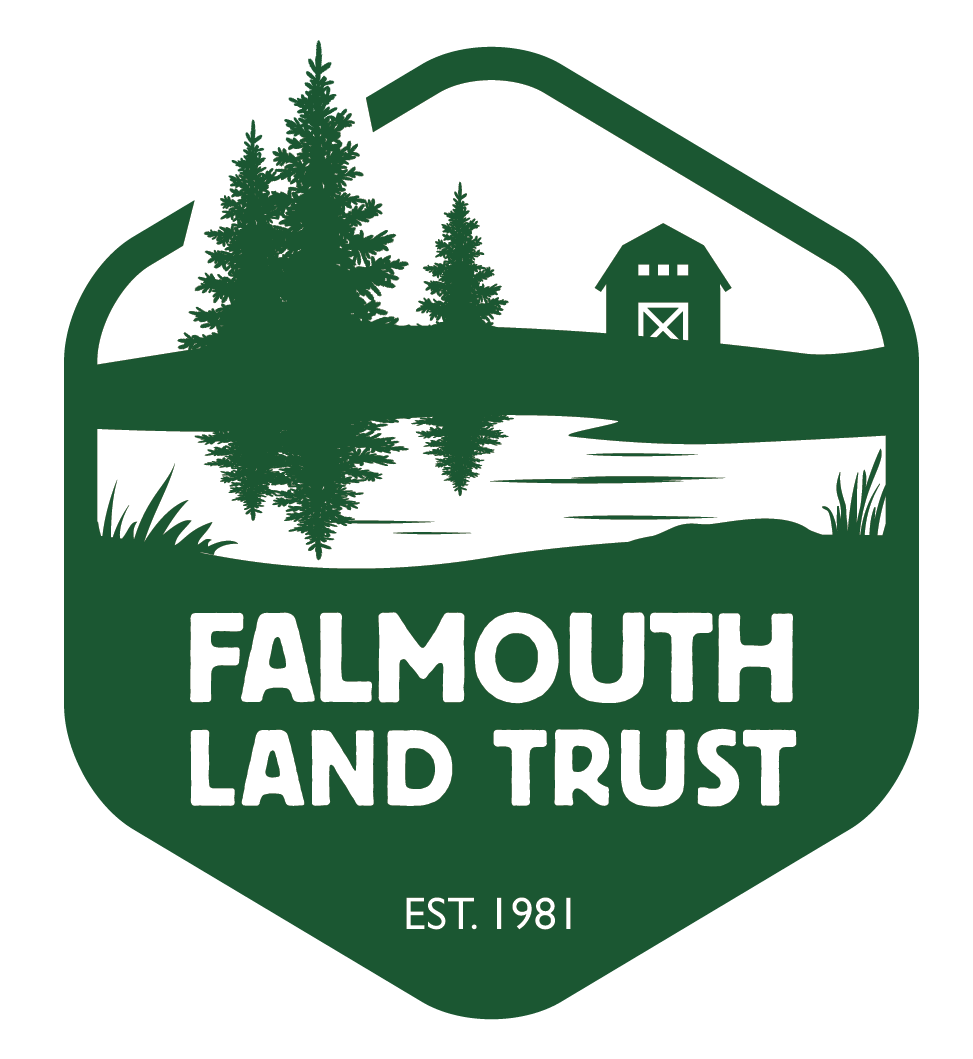Invasive Honeysuckles
Identifying Honeysuckle
A deciduous shrub that grows up to 10’ tall and wide, Honeysuckle grows an expansive and tangling network of branches, producing white, fragrant flowers in late spring, and red berries in late summer. Honeysuckle stems are tough and difficult to cut through, and are often intertwined with one another. Though Honeysuckle is most successful in full sun, it also grows in partially shaded and completely shaded areas. Honeysuckle is therefore found in a variety of environments and is most successful along the sides of forests, roadsides, and floodplains; and in fields, empty lots, and forests. Both native and invasive species of Honeysuckle grow in Maine. Honeysuckles that are native to Maine can be differentiated from the invasive species because the native plants have solid pith. If you pick a branch that is at least as thick as a small finger and cut straight through it, invasive honeysuckles are hollow in the middle.
Honeysuckle with berries in Falmouth, Maine.
HOneysuckle removal
Removal of Honeysuckle is best started in late Summer or early Fall, before seeds have the opportunity to drop and be dispersed by small birds and animals. Hand removal of smaller Honeysuckle seedlings is optimal, and removal of larger plants can be done by cutting. Honeysuckle is most effectively eradicated when the entire plant – root included – is removed from the ground. However, if the root is deeply engrained, herbicides can be applied in the early fall to freshly-cut stumps immediately after cutting.
More INfo
To learn more about honeysuckle identification and removal, visit this Maine.gov site.

